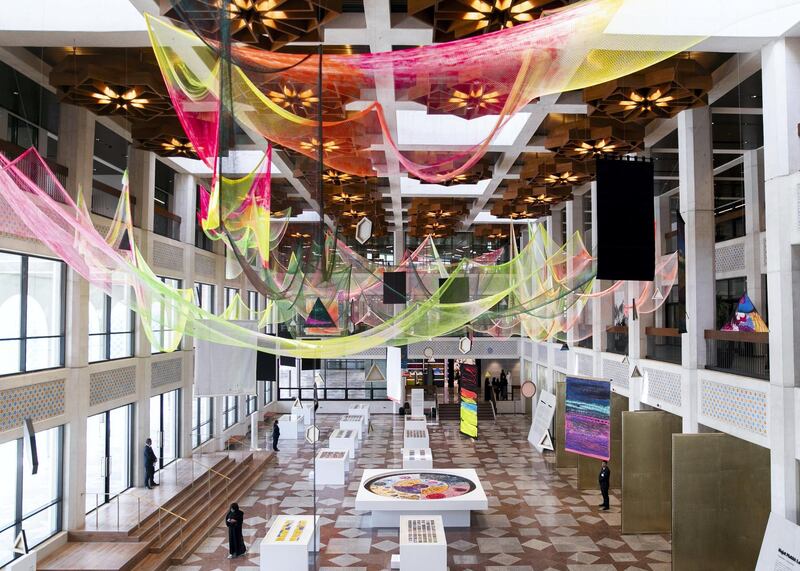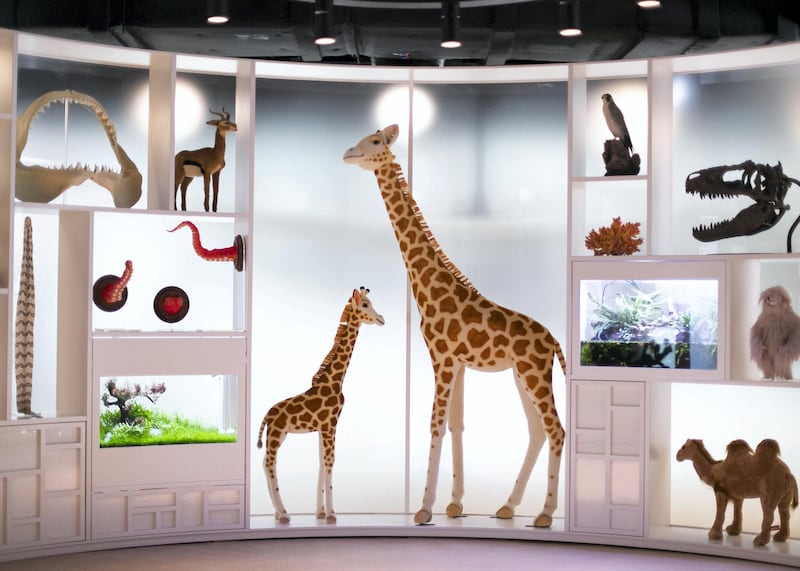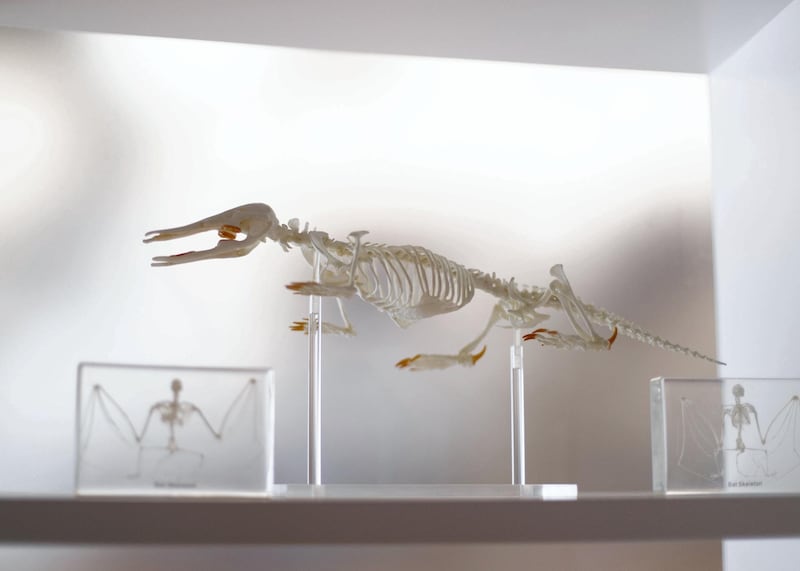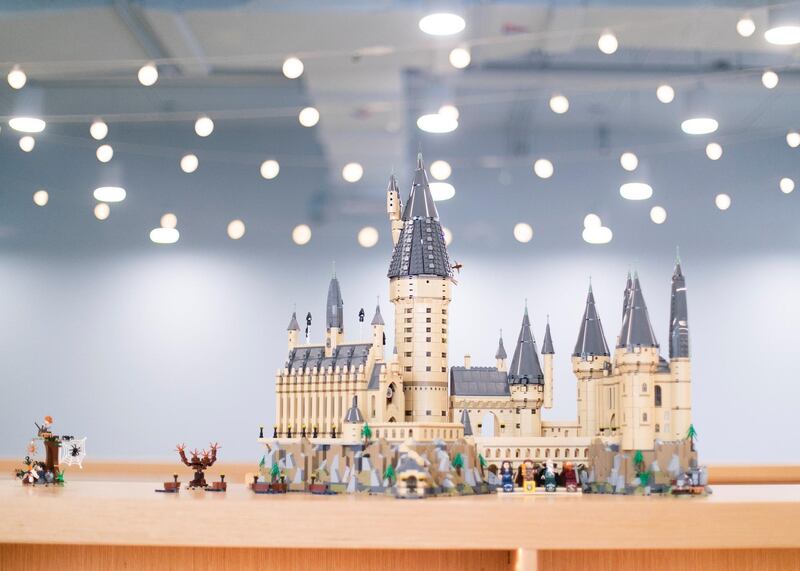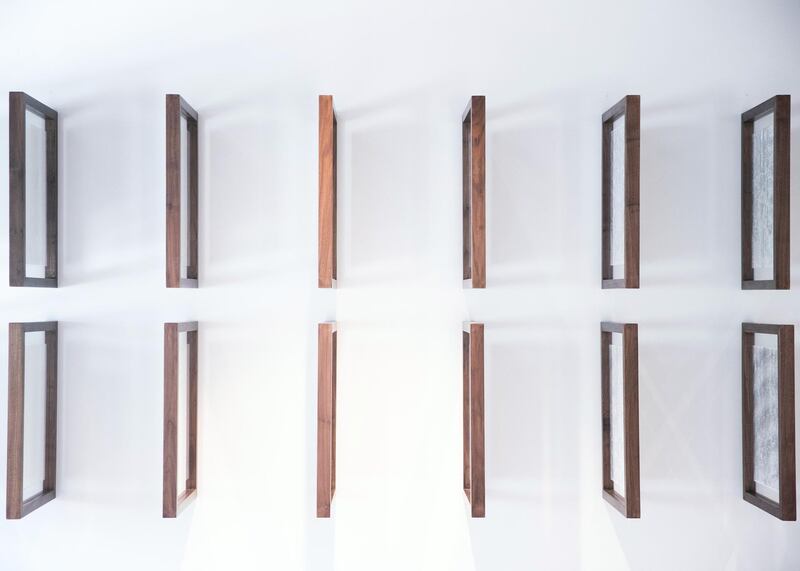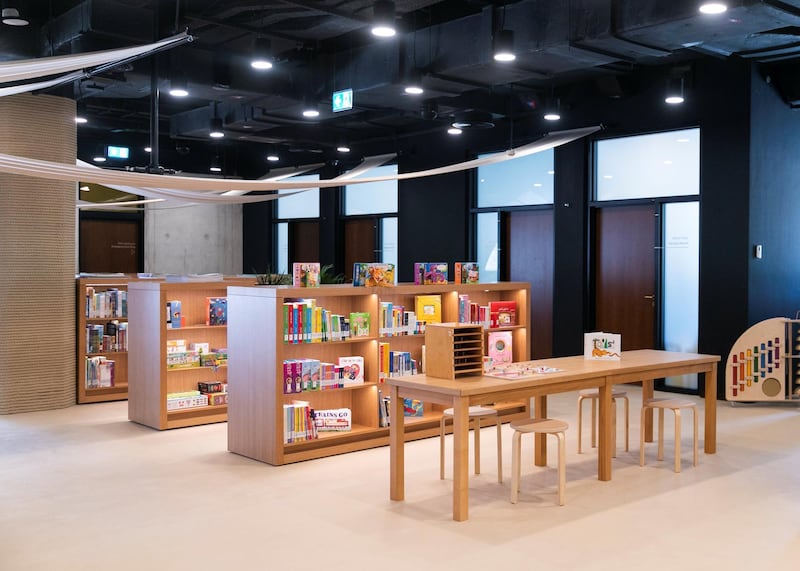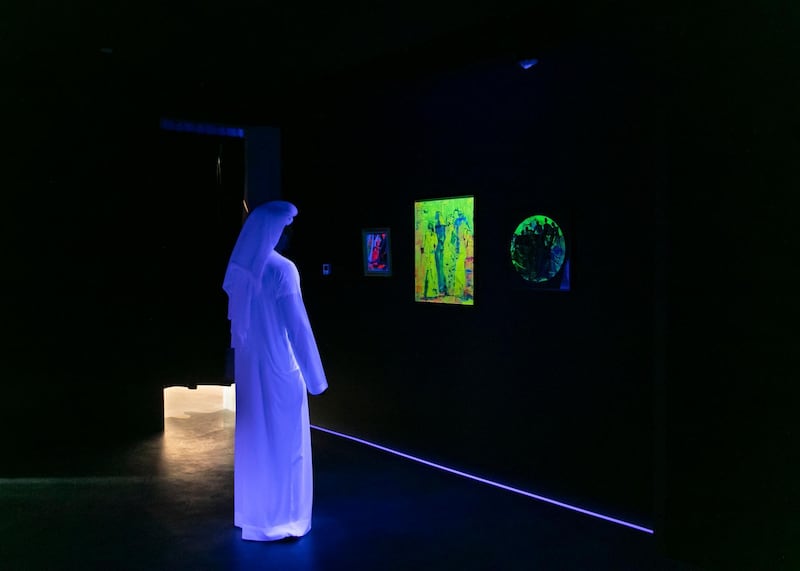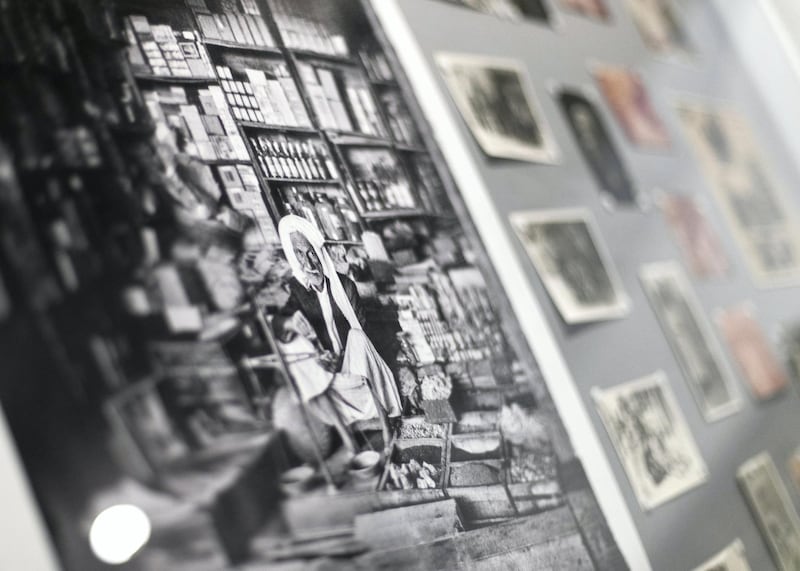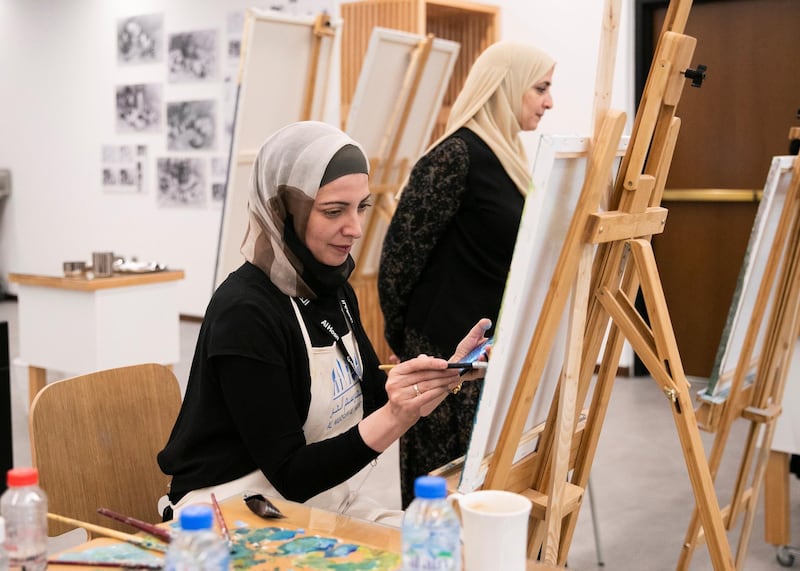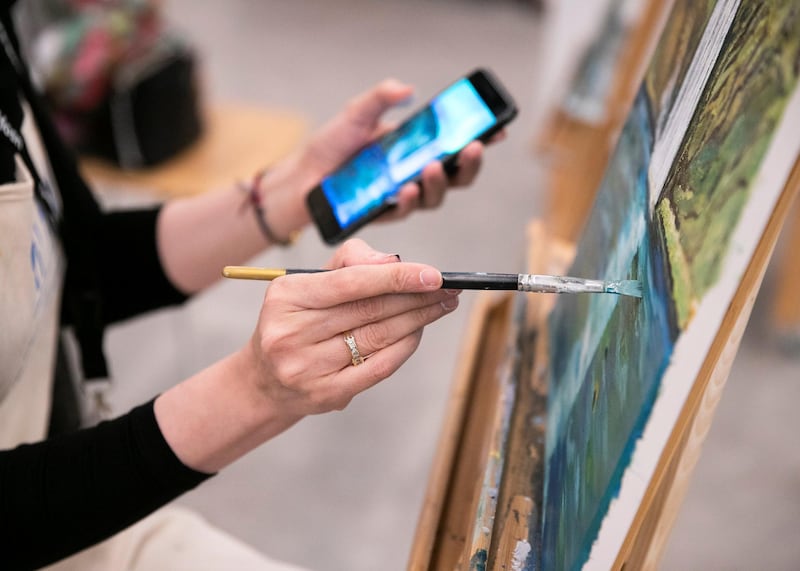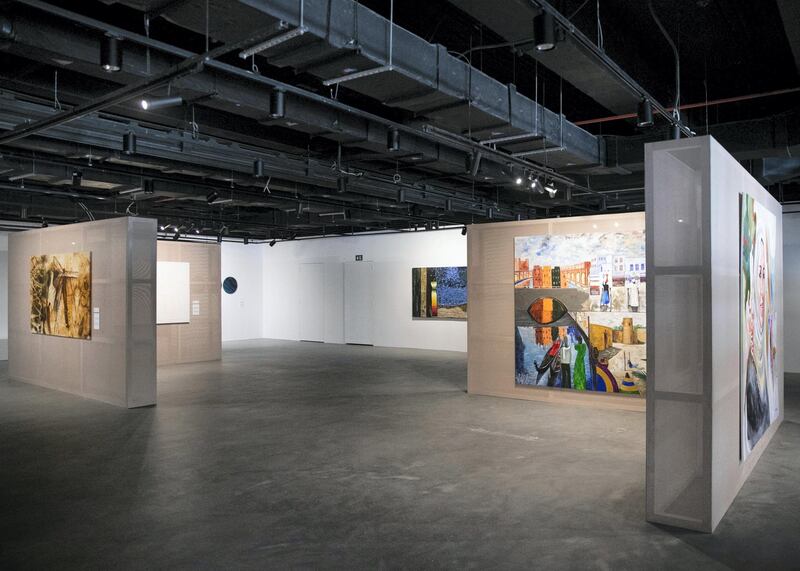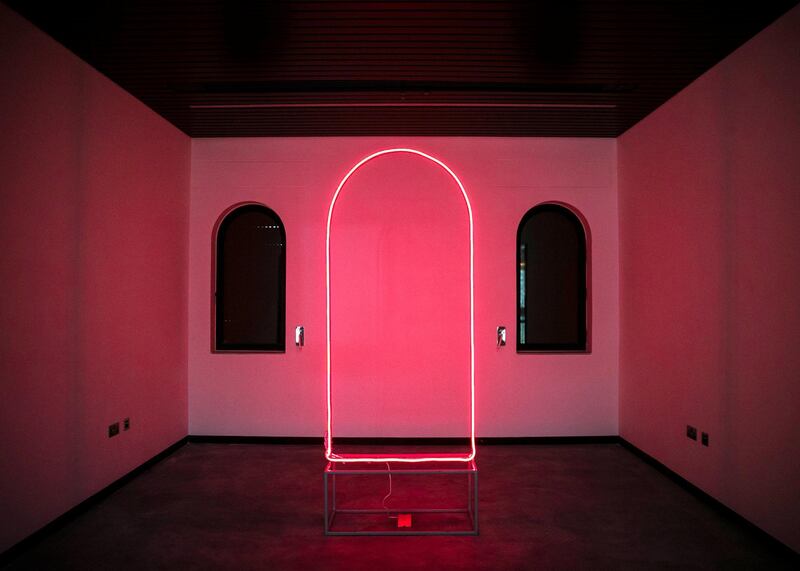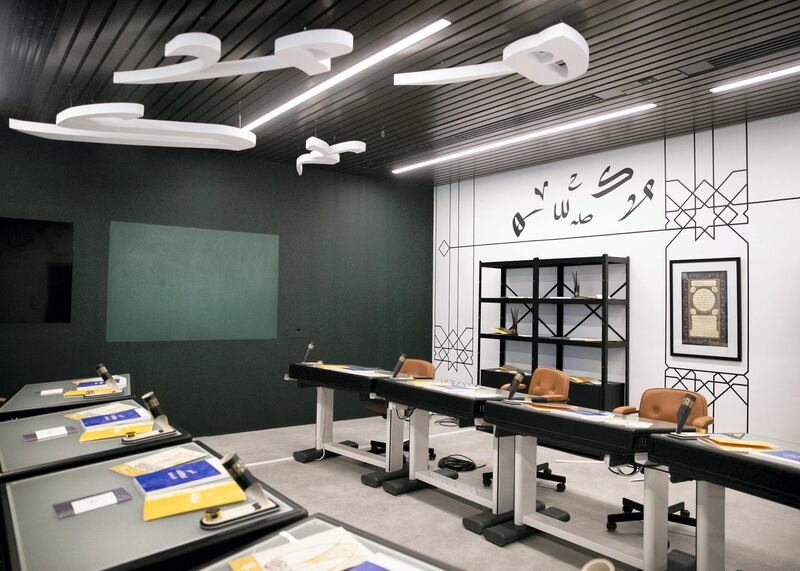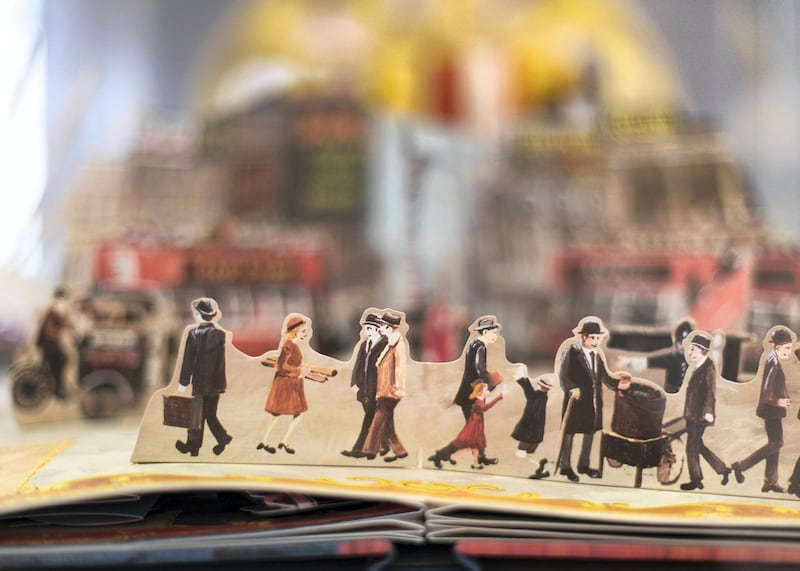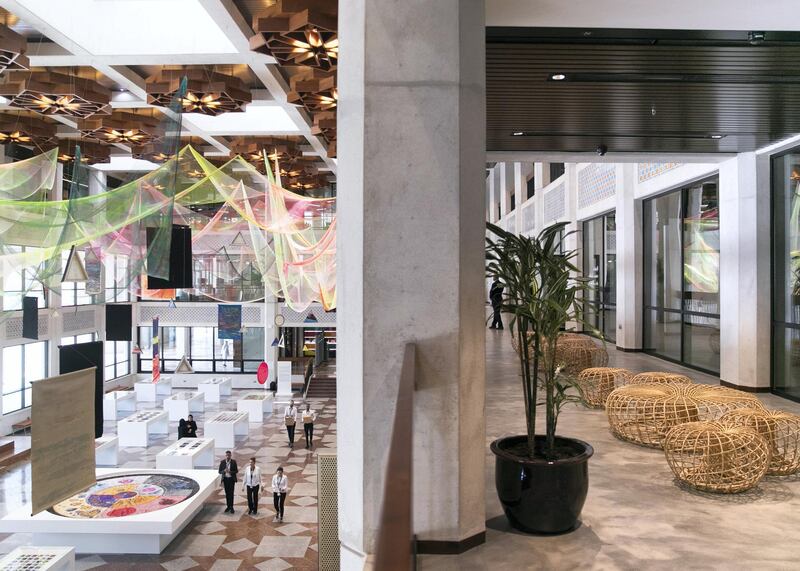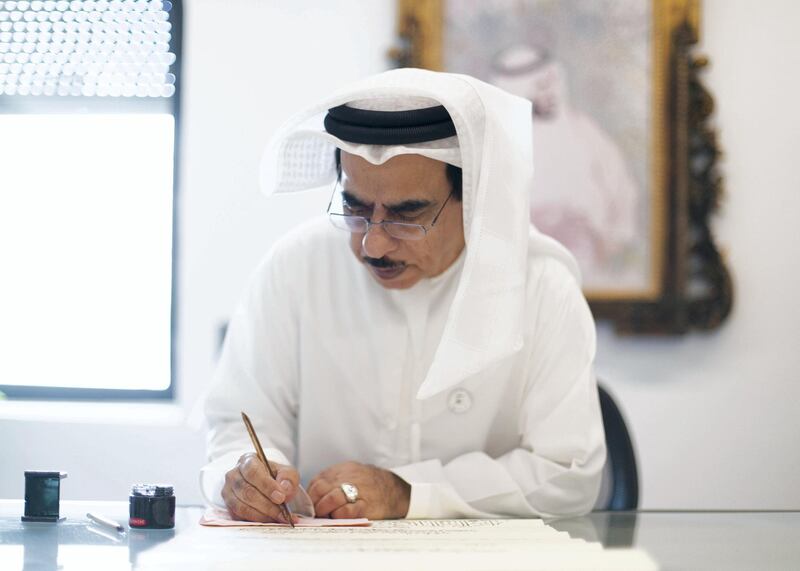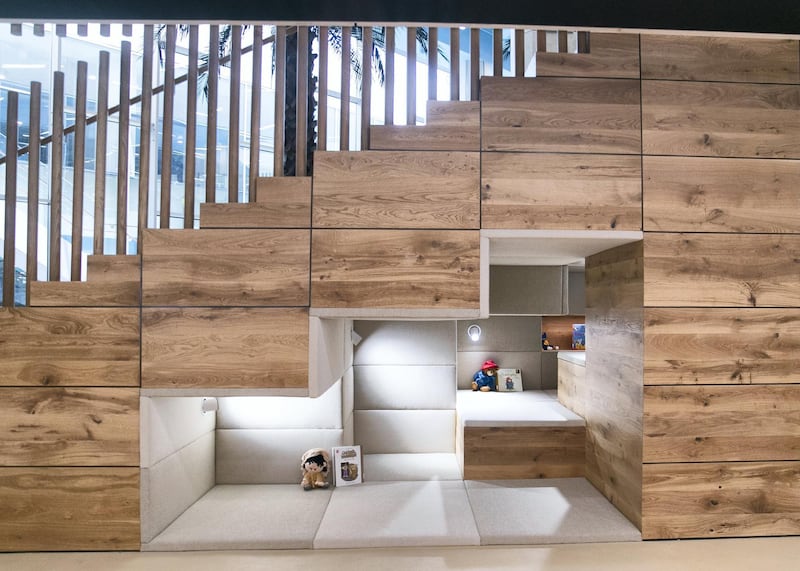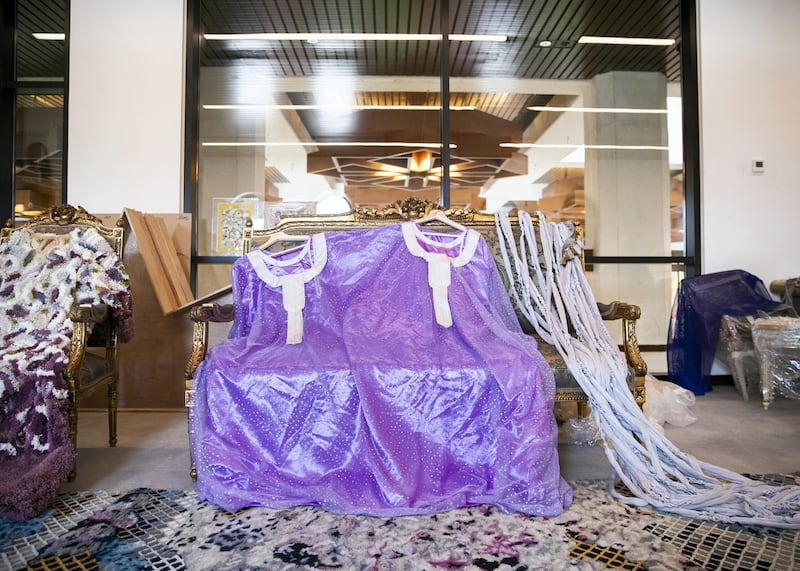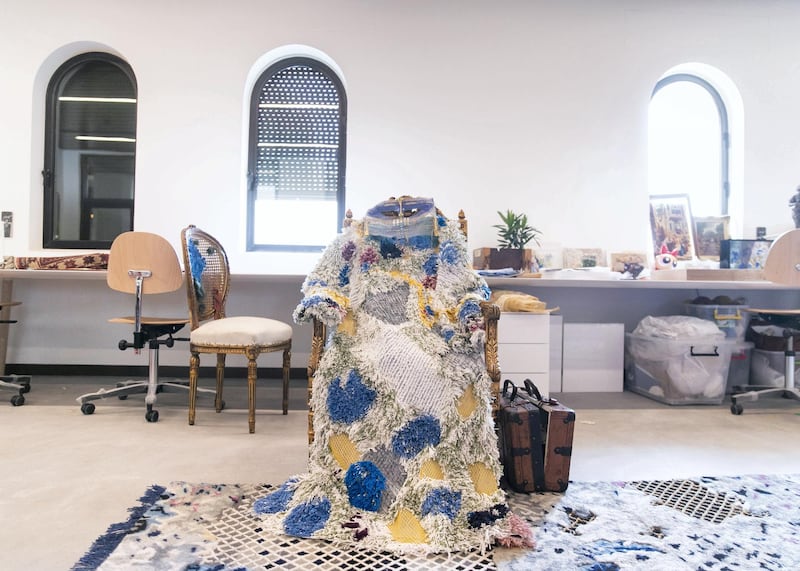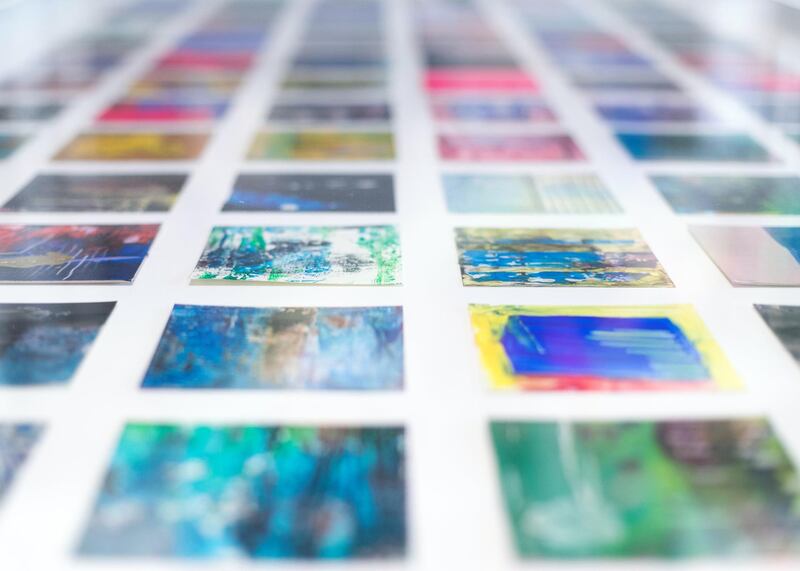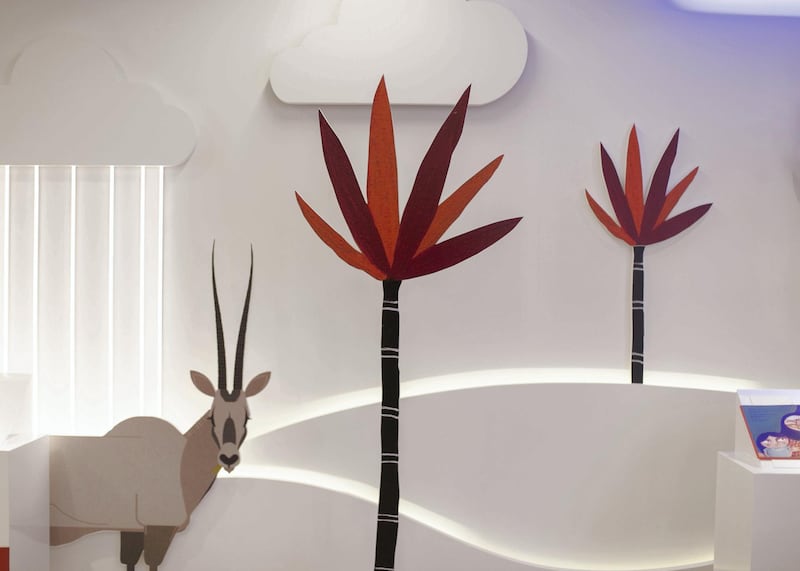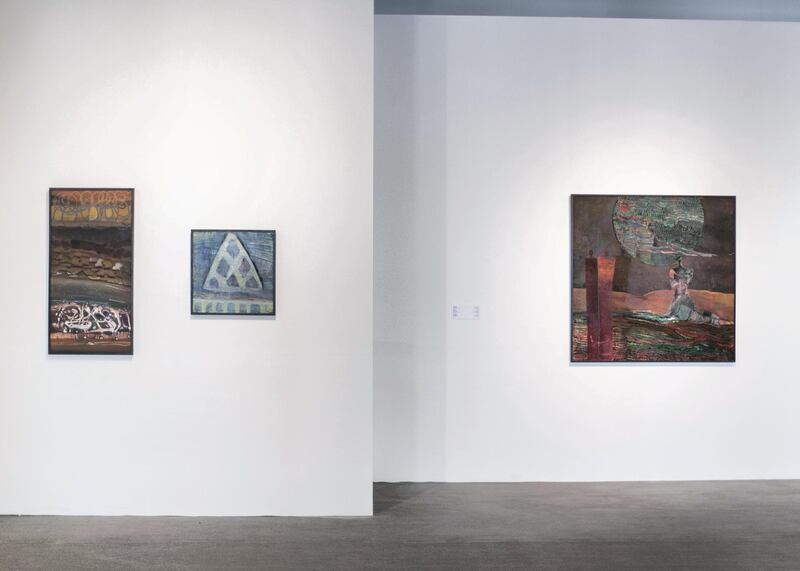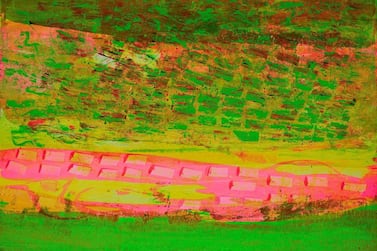After a ten-year renovation, the Cultural Foundation in Abu Dhabi has reopened with a programme that places arts education at its core.
Located in the historical site of Al Hosn, the space was originally built in 1981, serving as a community centre with a library, theatre and exhibition hall before being closed for repair and renovation in 2009.
With the renovation complete, the Cultural Foundation now boasts a new 900-seat theatre and a children's library. In addition, there are dedicated exhibition spaces, artist studios and workshops, all of which are accompanied by a public programme that will engage visitors with educational talks, classes, screenings and more.
"Arts education is important," said Saif Saeed Ghobash, Undersecretary of the Department of Culture and Tourism - Abu Dhabi. "If Abu Dhabi wants to be one of the leading cities in the region and in the world, we need to create these platforms through which the creative class can thrive and interact."
Speaking to The National, Ghobash also discussed how the Cultural Foundation fits into the overall strategic goals of the Emirate to move from a resource-based economy, specifically oil, to a knowledge-based one. "That means that at the grassroots level, at the primary and tertiary stages of one's life, you provide [people] with multifaceted ways to develop, not just in schools, he explained.
Driving the Cultural Foundation's visual art initiatives is director Reem Fadda. A curator and art historian, Fadda has a strong background in the arts, having worked at the Palestinian Association for Contemporary Art (PACA) and Guggenheim Abu Dhabi. She has also undertaken curatorial projects for the Sharjah Biennial, Venice Biennale and Marrakech Bienniale.
A spotlight on Najat Makki
Among the exhibitions that Fadda has overseen for the opening are two main art shows – the focal point is a survey exhibition of Emirati artist Najat Makki entitled Luminescence, taking up the ground floor and main hall. The second is a tribute exhibition to Makki, featuring commissioned works of 19 Emirati artists across three generations.
“She is so well-deserving. She has been here for 40 years and has shown a lot of work, but people are unaware of the spectrum, depth, and richness of her practice,” said Fadda. “It’s her first solo exhibition of this scale, and we really followed every museological methodology possible to put it together.”
Born in 1956, Makki is a pioneering figure in the UAE art scene. She was the first Emirati woman to study art abroad on a government-funded scholarship in the 1970s. For over four decades, she has experimented with different styles, from abstract to colourist and neon paintings that glow in the dark and eventually textile works.
Split into seven sections, Luminescence provides an in-depth look into her evolving practice. The section 'Meleiha' is perhaps the most significant, where we see how she developed the elongated female figures that came to dominate most of her paintings from the 1990s onwards. These abstract figures reveal Makki's progressive themes on feminism and womanhood.
There is also an archive section of newspaper clippings about Makki and photographs of her from the 1980s. This element of documentation offers a slice of UAE art history that visitors may not have known about.
To engage the community, the Cultural Foundation has developed a public programme of artist talks and workshops with Makki, where she will discuss the philosophy of her works and teach participants ways to consider colour palettes for nature paintings.
“Intrinsic to the Department of Culture and Tourism has always been its educational cornerstone programmes,” said Fadda. “For me personally as a curator who has always worked in museums, I fully understand and want to implement the educational facets of the exhibitions. We need to be able to break down what these artworks are talking about. We also want to instigate creativity in others. How else but through education tools and creative methodologies?,” she explained.
Launch of the Art Residency
Among the Cultural Foundation’s recently launched programmes is an art residency, which has just completed its first cycle. On the first floor are four dedicated artist studios where the newly produced works of Emirati artists Ayesha Hadhir, Ahmad Saeed Al Areef Al Dhaheri, Saoud Saeed Al Dhaheri, and Zayed Temash are currently on view until November 30.
Known for her large-scale works that are ‘submerged’ in nature, Hadhir’s site-specific piece shows a transplanted sand dune piled on one side of the studio. Blue tiles, sourced from the original structure of the Cultural Foundation during its renovation, are embedded into the dune.
In another studio, Saoud Saeed Al Dhaheri combines sound, sand blocks, and painting in Earth to Earth, the artist's own contemplation on morality and "the notion that we come from dust and we return to dust".
The artists – who were selected by a committee last year – have met with various experts and attended summer school at the Arts University Bournemouth in the UK. For the upcoming 2020 cycle, the Cultural Foundation has put out an open call for professional artists, whether UAE nationals or residents, to apply.
Spaces for hands-on learning
The Cultural Foundation has also built spaces where a variety of art and design workshops will be held. For instance, Bait Al Khatt or House of Calligraphy, led by artist and calligrapher Mohammed Mandi, is where residents and tourists can take calligraphy courses of differing skill levels at the cost of Dh630. Mandi is a renowned calligrapher whose work includes the interior calligraphic designs in the Sheikh Zayed Grand Mosque.
The artistic education programme Al Marsam Al Hor has been revived to offer a variety of classes every day, covering multiple disciplines including painting, sculpture, mixed media, ceramics, fashion and jewelry design. Prices for these vary from Dh525 to Dh630.
These workshop spaces come fully equipped with painting and drawing materials, and even tools for jewelry carving and design.
As part of the Cultural Foundation’s educational push, Fadda said that tours are being scheduled to bring students from schools and universities to the space. “We have a long-standing relationship with the Ministry of Education, and tours are being organised, workshops of various sorts, specifically for the schools. We have already done outreach to several universities,” she said, mentioning Zayed University as one of the institutions involved.
The Abu Dhabi Children’s Library
These tours will also extend into the Abu Dhabi Children’s Library, one of the largest in the region, currently housing 35,000 books (with the capacity of about 75,000) written in various languages, including English, Arabic, French, German and Urdu.
The ground floor presents the pop-up book exhibition Step Into A Story, which has 3D models of illustrations from children’s books as a way to encourage interactivity and fun in learning.
The library also has areas for group storytelling and cozier corners for those who prefer a quieter environment. There are computer stations on which to play educational games, as well an arts centre, which offers similar workshops as Al Marsam Al Hor, but aimed for ages 5 to 14. The library is open seven days a week, with a list of activities taking place throughout the day.
Impact on the arts and culture scene
"My plan is to see a consecutive run of really well-thought, well-curated exhibitions that speak to the architecture and specificity of this place, but also cater to showcasing the arts from the Emirates and the region in the particular," said Fadda, who has already planned the Foundation's 2020 exhibition, the third iteration of The Red Palace by Sultan bin Fahad, previously shown in Riyadh and Jeddah.
“The measures of success by which we look upon ourselves are what skills, what talents, and basically how learning improved the lives of the children that go through these doors,” Ghobash said of the Cultural Foundation’s goals. “With regards to the arts element of the Cultural Foundation, it's how many artists will, metaphorically speaking, graduate from the school of the Cultural Foundation and enter the global stage to represent this entity, Abu Dhabi and this country wherever they go, be it exhibitions, museums, symposiums, talks, and so on.”
“Everybody has to start somewhere, and it is common knowledge that you expect your community centres to be your first supporters when you embark on your career,” he added.
